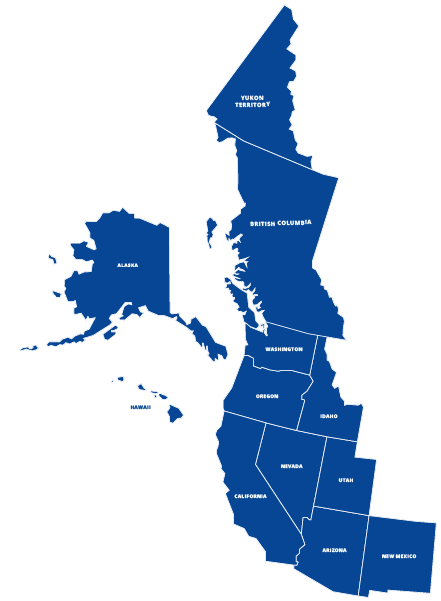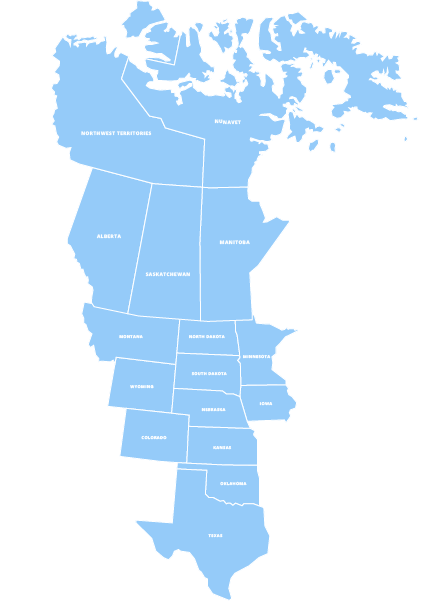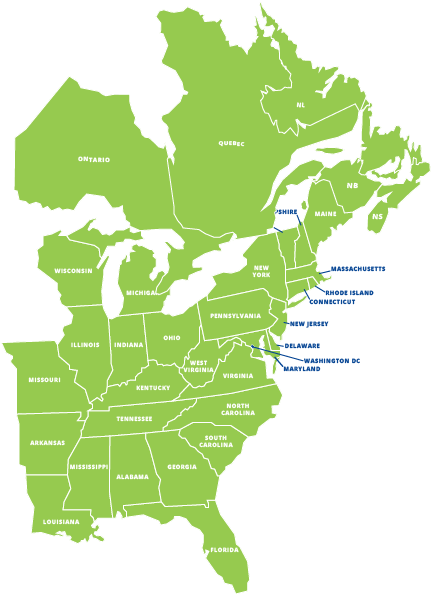Upgrading a pet boarding facility isn’t just about replacing old with new—it’s about improving your care environment without disrupting your current operations. But knowing what to integrate—and how to do it—can be tricky, especially if your space is already functional. The goal is to elevate your boarding experience without compromising flow, compliance, or comfort.
1. Start with Planning and Assessment
Before you bring in anything new, take a step back and assess your current space and needs.
Identify the Purpose
Are you replacing equipment that’s worn or outdated? Upgrading materials for easier cleaning or enhanced durability? Introducing amenities for senior pets, high-anxiety boarders, or special-needs animals? Understanding the “why” behind your upgrade ensures you invest in the right improvements.
Evaluate the Existing Layout
Measure your space. Visualize how new items will fit in without obstructing walkways, airflow, or animal access. Your upgrade should enhance—not crowd—your workflow.
Consider Compatibility
Will the new materials clean well alongside your current flooring or walls? Are they non-toxic and pet-safe? Are they compatible with your existing hygiene protocols? For example, if you’re integrating newer kennel panels into an older frame, verify they connect securely and are made of complementary materials.
Budget Realistically
Don’t just consider purchase cost—factor in installation, disposal of old materials, and staff training. High-quality products often pay for themselves in reduced maintenance and longevity.
Consult Staff
Your team knows where bottlenecks occur and which materials are hardest to clean, most likely to break, or least comfortable for pets. Their input can guide smart purchases—and make implementation smoother.
2. Choose Materials That Fit the Way You Operate
Choosing the right materials comes down to balancing comfort, safety, durability, and cleanliness.
Durability and Longevity
Pet boarding equipment needs to hold up to scratching, chewing, jumping, and cleaning—day in, day out. Look for commercial-grade options that resist wear and corrosion.
Hygiene and Sanitation
Surfaces should be non-porous, moisture-resistant, and easy to disinfect. Whether it’s raised beds, kennel floors, or divider panels, they should wipe clean with vet-grade disinfectants and stand up to frequent scrubbing.
Comfort and Safety
Animals of different sizes and temperaments will interact with your boarding equipment daily. Choose materials that are slip-resistant, temperature-neutral, and cushioned where needed. Sharp corners, exposed hardware, or hard, noisy surfaces should be avoided.
Special Accommodations
If your clientele includes senior pets, consider orthopedic cots or low-entry beds. Allergies? Opt for hypoallergenic fabrics. Anxious boarders? Use materials that support quiet, cozy, enclosed environments.
Noise Reduction
Swapping out metal dividers for sound-dampening panels or frosted acrylic can help reduce barking triggers and overall stress—for both animals and humans.
3. Implement Thoughtfully for a Smooth Transition
Take a Phased Approach
Don’t overhaul everything at once. Start with one bank of kennels or a single boarding room. This gives staff time to adapt and minimizes stress for the animals.
Clean Thoroughly First
Before bringing anything new into the space, deep clean and disinfect the area. Introducing new materials into a dirty or bacteria-prone environment undermines the whole upgrade.
Remove Old Materials Carefully
Some materials (like painted wood or cracked plastic) may need special disposal. Avoid cross-contamination and follow local disposal guidelines when replacing furniture or flooring.
Install Safely and Strategically
Ensure new dividers, beds, or fixtures are securely anchored and installed per manufacturer instructions. Nothing should impede ventilation, emergency access, or feeding/watering stations.
Allow Pets to Adjust
Introduce new features under supervision. Let animals explore updated beds or kennel spaces at their own pace. Use treats, toys, and calm handling to build positive associations.
Train Your Staff
Every new material should come with a cleaning protocol and handling guide. Train staff on what products to use, how to care for each surface, and how to monitor pet behavior during the transition.
4. Monitor, Learn, and Adjust
The job doesn’t end after installation. Great boarding facilities continuously evaluate how changes impact animals and operations.
- Watch Animal Behavior: Are pets using the new beds? Are they more relaxed in areas with added privacy or reduced noise? Are certain materials causing stress or being chewed on?
- Ask for Staff Feedback: What’s easier to clean? What’s getting in the way? Which materials are holding up—and which aren’t?
- Inspect for Wear: Regularly check seams, corners, surfaces, and fasteners. Replace or repair anything that looks compromised.
- Be Ready to Tweak: Sometimes, what looks good on paper doesn’t work in real life. Stay flexible, and make adjustments that improve function or comfort as needed.
Examples of Smart Material Upgrades
Looking for inspiration? Here are popular upgrades that elevate boarding areas:
- Bedding: Orthopedic raised beds, washable blankets, and cozy crate mats
- Kennel Dividers: Solid panels for privacy, or clear panels for visibility
- Flooring: Sealed epoxy or rubber matting for traction and easy cleaning
- Play Equipment: Climbing towers for cats, safe agility gear for supervised play
- Feeding Systems: Elevated or automatic waterers and feeders
- Sound Dampening: Acoustic wall panels to reduce stress-inducing echoes
- Climate Enhancements: Improved HVAC, heating pads, or cooling mats with proper oversight
Each of these can be introduced gradually and tailored to the specific needs of your facility.
Upgrading with Confidence
Whether you’re adding orthopedic bedding, swapping in updated animal shelter kennels, or expanding with modern dog room dividers, every new addition should make your space safer, more efficient, and more comfortable for both pets and staff.
With the right planning, products, and implementation, your upgrades can lead to smoother workflows, better hygiene, and a more comfortable experience for pets and staff alike.
At Direct Animal, our pet care experts design and manufacture durable, easy-to-clean state-of-the-art equipment made to last the life of your business—whether you’re a vet, luxury boarding facility, animal shelter, or doggy daycare. Rely on us for animal care equipment that is ergonomic, hygienic, and affordable.




